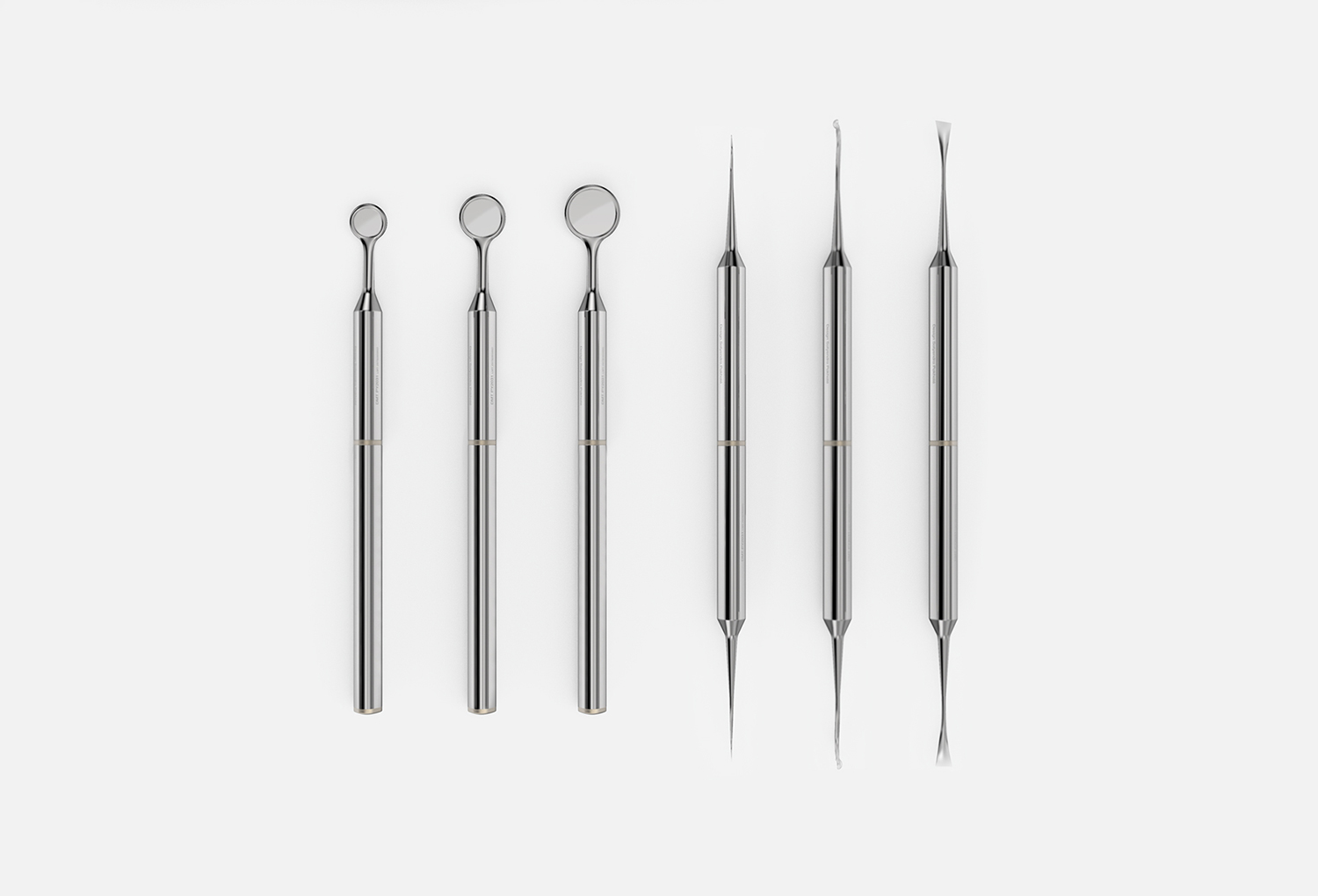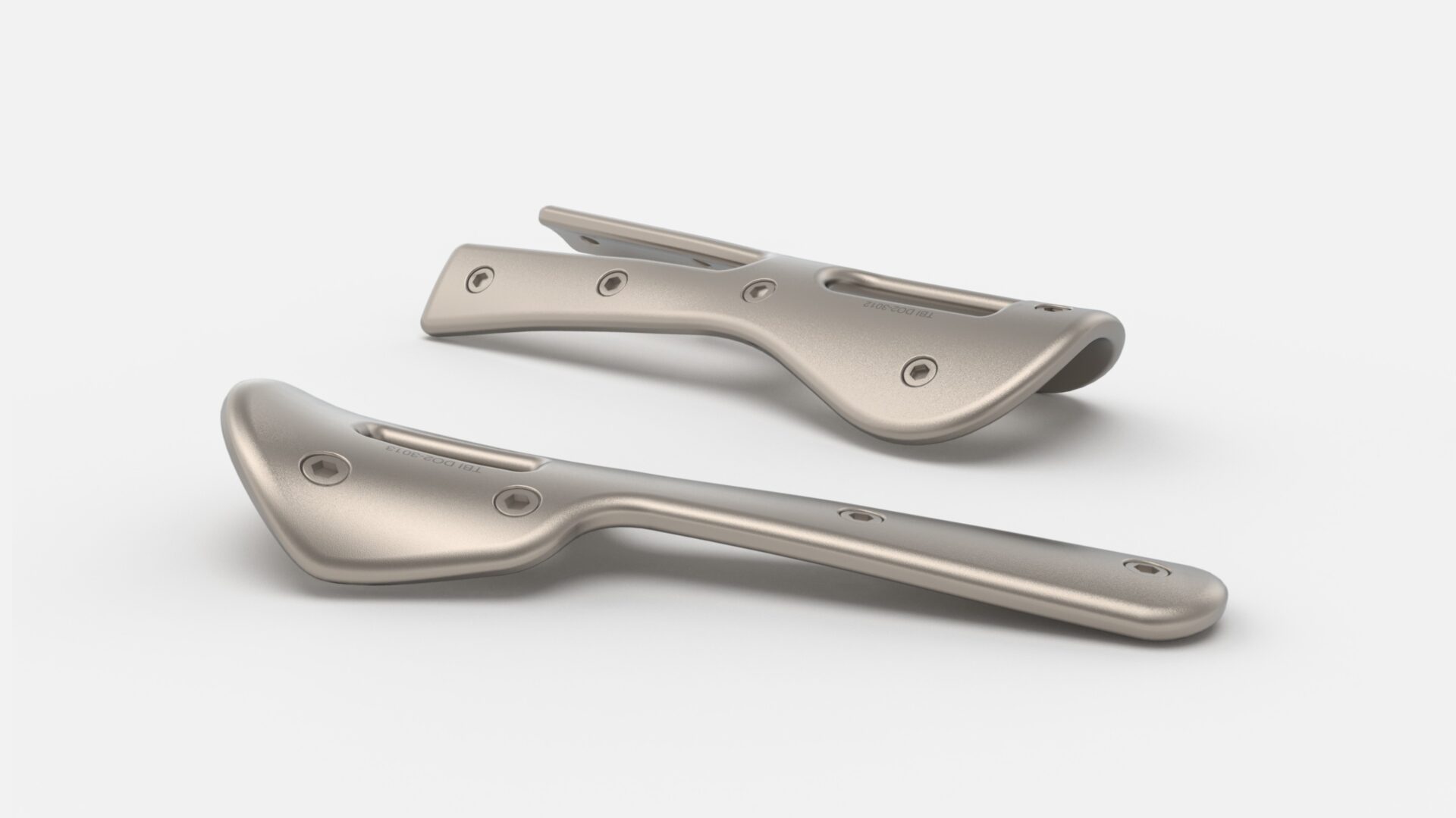Healthcare design is about acknowledging the human condition
KEY TAKEAWAY:
According to Satyendra Pakhalé, healthcare design is still to detached from real life situations: designers need to deeply acknowledge pain, chronic illness, real life habits and the lack of infrastructure in different cultures and design accordingly

Indian born, Amsterdam based, Satyendra Pakhalé has a secularly humanistic approach to design in any industrial area.
His practice is all about understanding the human being while living in an environment and using tools.
This is even truer when speaking about healthcare design, the focus of the exhibition Design + Health at the The Museum of the Enlightenment and Modernity in Valencia, where Pakhale’s projects are displayed until April 2023.
We asked Satyendra Pakhalé to illustrate how design work should be carried out in the healthcare area.
Designers have always been keen to the topic, and had a major role in integrating aesthetic and humanistic contents into diagnostic machines, medical tools and healthcare spaces.
But Pakhalé’s thinking about healthcare design aims beyond this, because as he says: “There’s a long way to go before treating ailments in a secular and open perspective.”
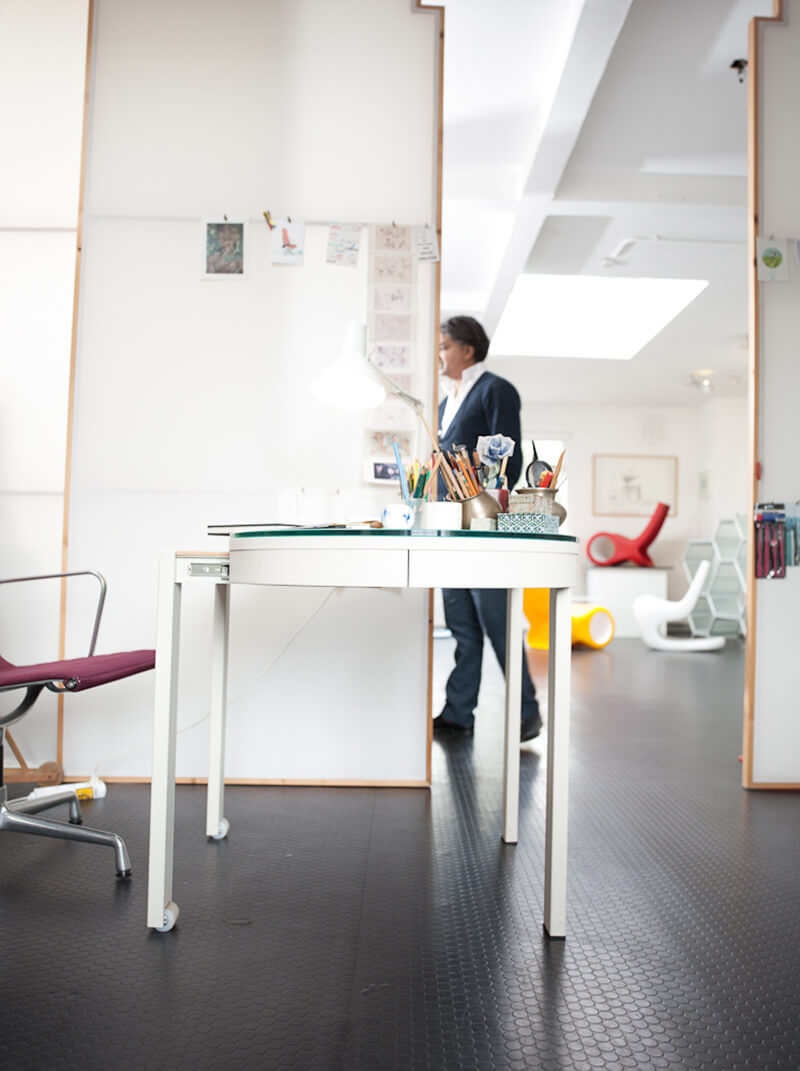
Aesthetics and functionality are already imperative. What other issues are key in healthcare design?
Satyendra Pakhalé:
“For us the utility of a product or any piece of design is always been a primary concern. I do not see function in a narrow sense of word, but utility in a very broad spectrum considerations from use to psychological needs to human sensorial needs all the way to how it works or it should work and more. Aesthetics is neither a beginning nor the end in any given project, but certainly not in design for healthcare. Indeed these topics just to name two utility and aesthetics or should I say sensorial qualities of product are core and absolutely necessary.
Maybe aesthetic and functionality are between the worries of healthcare givers and designers, but I do not believe we really understand what is at stake when speaking of human suffering and prevention. It is a very critical matter and we lack understanding of the human condition. Nothing has really changed: the full comprehension of fragility, prevention, protection and symbolic meanings of the medical practice is still not there.
[ Read also Insights on disability help designers design for all ]

We must look to things from a very broad perspective. Of course I take care of materials, forms, functions, and medical issues such as sterilization, chirurgical and preventive practices.
But many other immaterial issues are just as important
Any step, any decision must consider the human factor of all the players, medical staff and patients as well.
What is most critical in healthcare design is the context and very many considerations that need to be taken into deliberation from the various medical expertise including doctors, caregivers, healthcare staff, medical researchers, practitioners and above all people, the end users.
I do not like to call them patient, but just people who need care for specific condition/s they may have. So the service aspects of that healthcare product, system or services that address the core of the psychological and mental health related needs of any medical condition/s or care is utmost essential.
It is a psychological work dealing with sensoriality and concerning the whole design process, not only the final product.
Then there’s also the communication side. The way we think about disease, the perception that it is a temporaneous condition.
But the planet population is living longer and this completely changes the meaning of the word “ailment”. We must think about taking care of chronic conditions, dwelling with a long term process of care and support. It means
to design with sensitivity and kindness is an obligation.
So, as you see, there’s a long way to go and design is a powerful tool to make it.”

How did you highlight these themes when you were teaching at the Design Academy Eindhoven?
Satyendra Pakhalé:
“I have been curious about design for healthcare for a long time. I have grown up in central the heartland of India, where medical facilities are often inconsistent. Some members of my family are doctors, so I started to reflect on healthcare at a very young age. I thought a lot about it from a very young age: maybe I’m sensitive to the subject and, anyway, it concerns human lives.
My early work experience as a designer working on some critical healthcare projects at Philips design and frogdesign were instrumental professional experiences in the mid-1990’s.
Subsequently when I was invited to devise and head the Master of Design for Humanity and Sustainable Living now called ‘Social Design’, I was keen to devise and envision ‘design for healthcare’ projects at Design Academy Eindhoven. We carried out several healthcare design projects addressing sustainable design, circularity and societal impact of design focusing on human conditions around the world, conceiving and completing projects:
- Societal implementation of masters projects in Sao Paolo, Brazil; Izmir, Turkey and Eindhoven, the Netherlands
- Learning with masters – workshop series with prominent creators and innovators such as Ole Palsby (Denmark), Alberto Meda (Italy), and Maria Blaisse (the Netherlands), creating a unique learning experience by asking fundamental questions concerning society, design and human condition.
We tackled healthcare design from a very multicultural and multidisciplinary perspective.
It was a big chance to really understand what is all about in different countries, in different environments. What resulted is that health concerns culture, society and environment.
We went far beyond the concept of accessible design, dealing with human conditions all around the world.
We started from very basic matters, such as “washing one’s own hands”, focusing on children.
I know that it became a very ordinary gesture during the pandemic, but in critical countries many children aged 0 to 5 die for the lack of simple, ordinary attention.
They do not have the possibility to take care of hygiene and adults do not have the knowledge of how important it is.
Of course it is a cultural matter and many problems arise from this, even where you do not imagine, like in hospitals.”
While designing a health care tool, where do you start from? Can you describe the process giving practical examples?
Satyendra Pakhalé:
“Basically the process starts from the collaboration with experts. Beside deeply understanding the functional frame, it is important to deeply engage in looking for a common ground.
I am a designer and I notice all sorts of formal detail. I am surprised by the lack of care for aesthetics in bone implants.
They are frightening, both when you look at them and when they are inserted in the body. Nonetheless they are made of precious materials, like titanium. They are used in very sophisticated and common surgical processes.
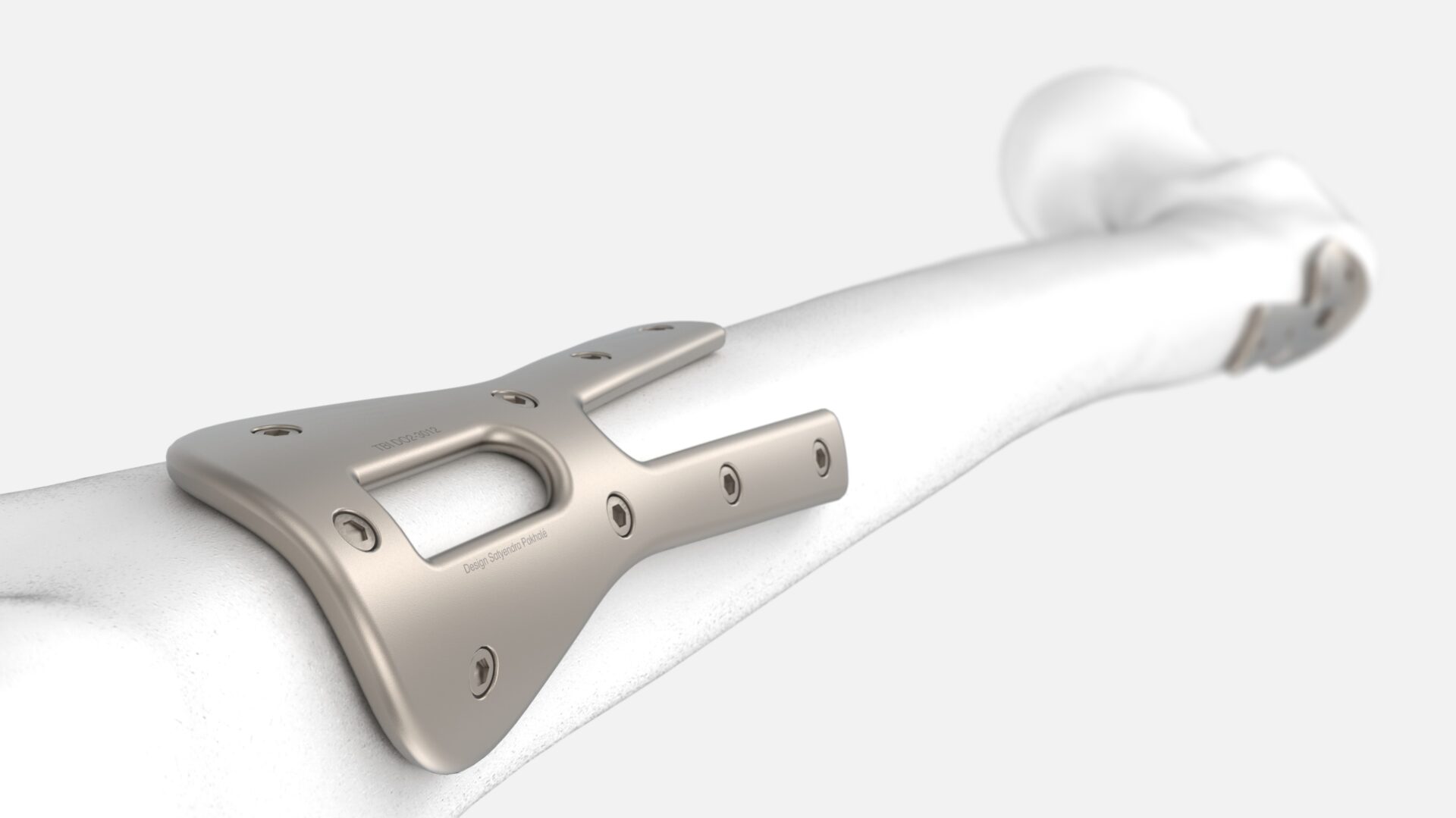
Again: you cannot avoid thinking about the real condition in which they are used. People are scared, emotionally stressed. So I treated the TBI DO2-3012-3013-3014 , a titanium body Implant for Distal, Proximal and Periprosthetic Femur like internal jewelry. The three-dimensional bespoke sculpted forms of the TBI DO2-3000 System have been designed to fulfill the primary utilitarian needs of the implants of a specific individual. The system is conceived for ease of use by surgeons and more efficient manufacturing.
They look articulate and the attach points are elegantly designed, so that people may sense that all aspects, not only the medical ones, are taken care of.”
You worked with Medecins sans frontières on a modular vaccines carrier . You have been researching on the ground. Was it inspiring in any way confronting yourself and your design competences with a non ordinary healthcare system?
Satyendra Pakhalé:
“Vaccination is another basic but critical subject. We take vaccines access for granted in the Western world, but it is not like that in many regions of the planet.
We worked on it with a WHO team and it was a really interesting project to figure out the challenges of distributing vaccines to remote areas. Reaching the medical facilities with intact vaccines is a hard and long trip.
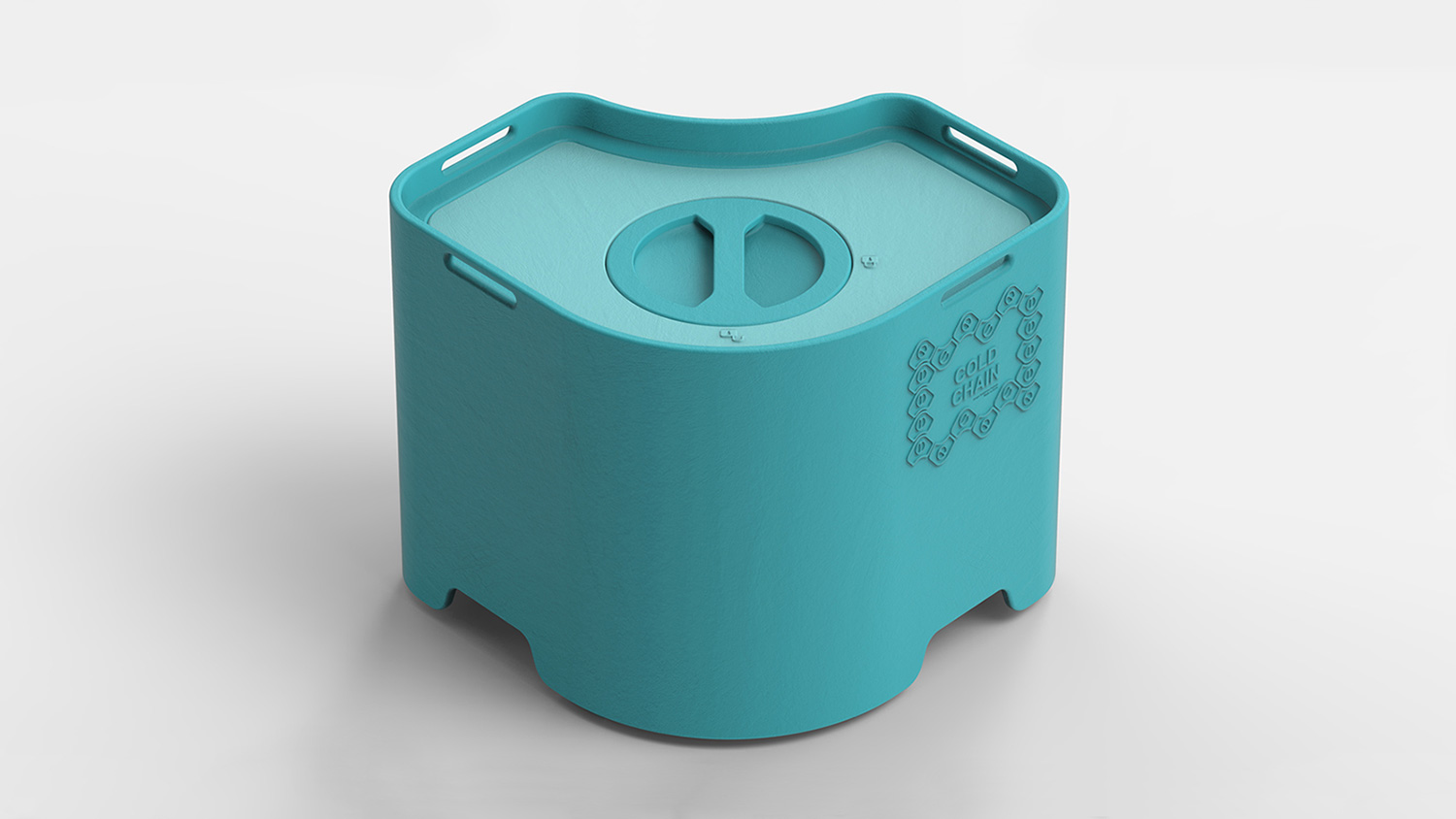
Sometimes the vaccines are transported for long distances, sometimes on donkeys or camels, sometimes directly on people’s heads.
I do not encourage such a habit because it is dangerous for the body, but it is what actually happens in the real world.
In view of this eventuality, the bottom of the MVC ‘Modular Vaccines Carrier’ has a concave form making it easier to carry on the head. This is one of the hidden details which help users if necessary but not an incentive for head transport.
This is the mindset I’m trying to convey:
observing deeply and acknowledging reality is imperative when working with healthcare personnel.
There is a lot to learn being on hard terrains, where infrastructure doesn’t exist. The Modular Vaccine Carrier we designed is based on ground research and we have taken into account how delivery really works.
The main features are:
- strong cold chain reliability and online monirotring to check that the cold chian is not misused
- stackability in all axes for the storage during any kind of transportation
- belts and sockets permitting different kind of human or animal carriage
- a concave form on the bottom to easily adjust the carrier on the head
Then of course there is the cultural problem: vaccines address the mothers attention, not the baby’s. So any specifically designed tool must be understandable and simple, so as to encourage the confidence of people, without scaring them”.
Healthcare is increasingly focusing on the entire process of healing and recovery. Which is the role of design in this change of perspective?
Satyendra Pakhalé:
“I believe we should start to
look at healthcare models without bias, so as to integrate traditions and ancient practices in current medical ones.
I am not speaking about superstition, of course. Allopathic medicine is all but disputable.
But healthcare is definitely a holistic matter, involving an anthropological understanding and an open minded approach. Asian traditions take big care in prevention: such an important part of the health wellbeing. There are more holistic alternatives that should be pragmatically integrated.
Acupuncture and Yoga are good examples: ancient and beneficial practices that are still not accepted by official medicine, mostly when speaking about prevention and aging. Design may help to widen the perspective and all the processes standing behind the concept of care.”


